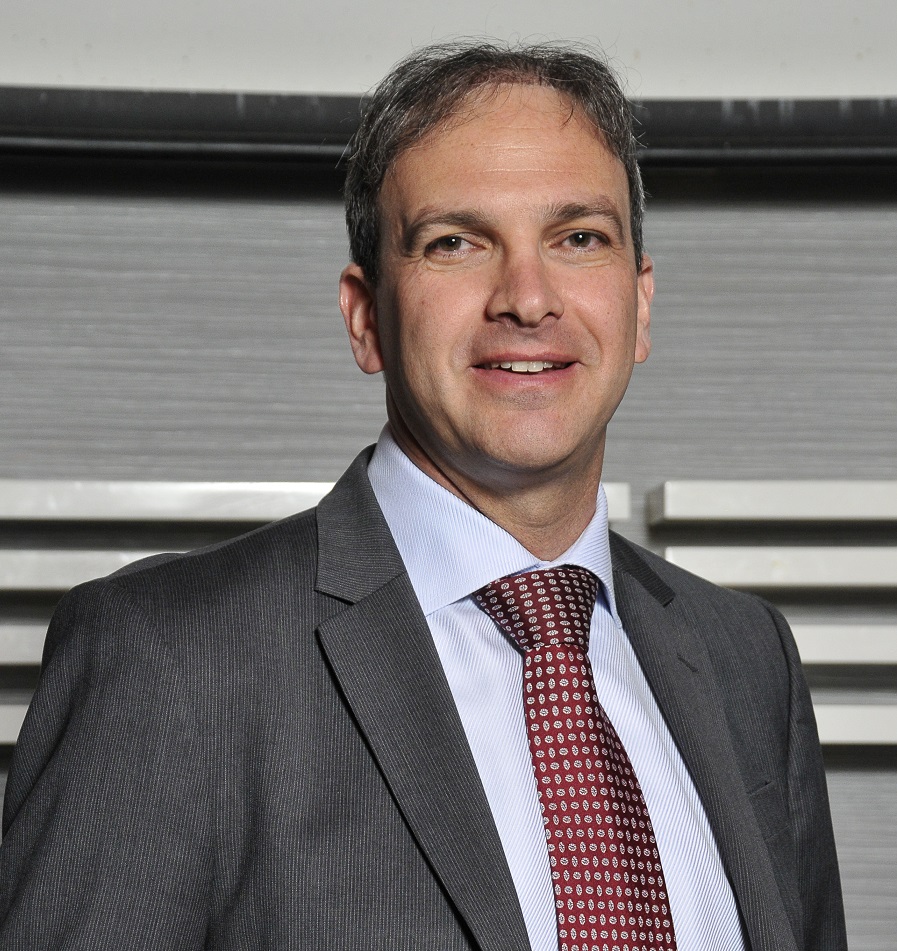
A regular refrain, and one we strongly believe in, is that true commitment to diversity & inclusion must start at the top of companies. Executives and Board must buy-in and commit resources to make a significant and lastly impact. Since most of those in leadership roles at life sciences companies are men, it starts with them.
Women’s voices are essential to achieving gender parity. However, male champions from leadership on down are needed to lead and engage alongside women. By no stretch of the imagination am I suggesting that women are waiting to be rescued by corporate cavaliers in shiny armor and led gently through the scary woods to get ahead. I am suggesting that gender balance in biotech can only be achieved if men work side by side with women to share the obligation of eradicating counterproductive workplace norms and systemic barriers that hinder this goal.
Luckily, these male allies exist across our state, and the number of them is growing every day. I was able to sit with a few male champions from our member companies and learn what makes them allies for women as well as for underrepresented groups. I learned they all have something in common: they apply an equity lens in every aspect of their business; they are passionate risk-taking innovators who are not afraid to publicly commit to long-term inclusion strategies or challenge other influential men to do the same; and, they intentionally step-up and hold themselves and their peers accountable for creating positive, safe and productive environments.
As I got to know them better, they have each validated that heterogenous groups are more creative and better at problem solving, which leads to improved patient outcomes and business growth. Below are snippets from our conversations.
Rami Levin, President, North America, Sobi
 What diversity and inclusion programs does Sobi have in place right now, even if they aren’t formal? Do you have plans to expand upon these? In North America, we have built a leadership team comprised half of women and half of men, with additional diversity around parameters such as nationality and age. This diversity is reflective of our broader North American organization at all levels, and it has proven incredibly valuable in generating robust discussion arising from differing perspectives, which ultimately results in better decision making with fewer blind spots. There is no single program that has driven this diversity; it is the outcome of a variety of programs and practices, from a culture that supports work-life balance and flexibility to an ability to recognize candidates who have the potential to take the next step up in their career and a willingness to give them the opportunity. We certainly will work to expand these efforts as we grow as an organization.
What diversity and inclusion programs does Sobi have in place right now, even if they aren’t formal? Do you have plans to expand upon these? In North America, we have built a leadership team comprised half of women and half of men, with additional diversity around parameters such as nationality and age. This diversity is reflective of our broader North American organization at all levels, and it has proven incredibly valuable in generating robust discussion arising from differing perspectives, which ultimately results in better decision making with fewer blind spots. There is no single program that has driven this diversity; it is the outcome of a variety of programs and practices, from a culture that supports work-life balance and flexibility to an ability to recognize candidates who have the potential to take the next step up in their career and a willingness to give them the opportunity. We certainly will work to expand these efforts as we grow as an organization.- What’s your advice for how other men can become more engaged on gender equity issues? There is no silver bullet, no single action that will fix the gender inequities we see in our industry today. I do think that all of us, men and women, should continue to talk about and raise awareness of this issue. There are also many actions we can take to support gender equity within our own organizations, such as making a conscious effort to seek diversity in our hiring process and get beyond our existing networks. I also think one critical way to break the cycle of gender inequity, which gets perpetuated when hiring managers insist on candidates who have already held a role, is to take a risk on that person who has perhaps never held that “VP” title but has all the other elements needed for success. Moving people up the career ladder is a great way to tap into diversity that might not be as available laterally.
Gerald Quirk, Chief Legal Officer, Syros Pharmaceuticals
 What diversity & inclusion programs, policies or best practices does Syros have in place right now, even if they aren’t formal? Do you have plans to expand upon these? At Syros, about half of our extended leadership team is female, and we have a strong history of recruiting leaders who are of color, are part of the LGBTQ community, or are immigrants. We monitor performance evaluations and promotions to ensure that women and other historically underrepresented people are advancing. I believe that enhancing operating practices that embrace the “cognitive diversity” will maximize the real benefit from the diverse backgrounds around the table. We continue augmenting our hiring and professional development practices because we aren’t yet where I would like to be in terms of gender, racial and other diversity. This includes providing enhanced incentives to search firms and employees for identifying or referring diverse employees, learning what we can do better through on-boarding and exit interviews with employees, seeking to connect with underrepresented populations, and continuing transparent discussions about diversity at all levels of the company.
What diversity & inclusion programs, policies or best practices does Syros have in place right now, even if they aren’t formal? Do you have plans to expand upon these? At Syros, about half of our extended leadership team is female, and we have a strong history of recruiting leaders who are of color, are part of the LGBTQ community, or are immigrants. We monitor performance evaluations and promotions to ensure that women and other historically underrepresented people are advancing. I believe that enhancing operating practices that embrace the “cognitive diversity” will maximize the real benefit from the diverse backgrounds around the table. We continue augmenting our hiring and professional development practices because we aren’t yet where I would like to be in terms of gender, racial and other diversity. This includes providing enhanced incentives to search firms and employees for identifying or referring diverse employees, learning what we can do better through on-boarding and exit interviews with employees, seeking to connect with underrepresented populations, and continuing transparent discussions about diversity at all levels of the company. - What’s your advice for how to get others to become more engaged in equity issues? My advice, therefore, is not to get overwhelmed by all there is to do – start small with something that is meaningful for your organization, and then go where the momentum takes you. I was pleasantly surprised to discover that, based on a simple question from our CEO, we have adopted, over the last year, an overwhelming majority of the recommendations published by the Massachusetts Biotech Council for improving diversity and inclusion in our industry.
- How do we communicate that change is coming related to our intent to factor diversity into our recruiting? D&I has been a recurring topic at these lunches over the last six months, and we are being asked very detailed questions about what we are doing to promote diversity at our company, and we are being held accountable for delivering on our initiatives. Our management team also uses our intranet site to blog about the importance of diversity and inclusion, engages in conversation on the topic during monthly company meetings, and seeks feedback from employees on what initiatives are working and what aren’t.
In my case, I feel very fortunate to have Bob Coughlin as President & CEO of MassBio. He is a MANbassador, servant leader who is allergic to intolerance. He firmly stands by our No Manels Policy. He willfully shares credit and redirect conversations so that all feel included. He believes in systemic equity transformation. He supports my D&I initiatives, not because he has to, but because they make good sense, contribute to keeping our industry strong which will lead to better patient outcomes. He encourages me to ask tough questions, push boundaries and bring my ‘true’ self to work. Through his leadership, he demonstrates that more opportunities come from having a diverse team, an inclusive work environment and policies that ensure respect and equity.
I applaud Rami, Gerald, Bob, and all the other male champions across our industry for their leadership and advocacy for change. They stand tall for greater diversity in our overwhelmingly Caucasian male dominated industry. To change the narrative and shift mindsets, cultural change must come from the top. Let’s continue to celebrate everyone who champions progress and cultural change. Share your stories about your male champion!
– Edie M. Stringfellow